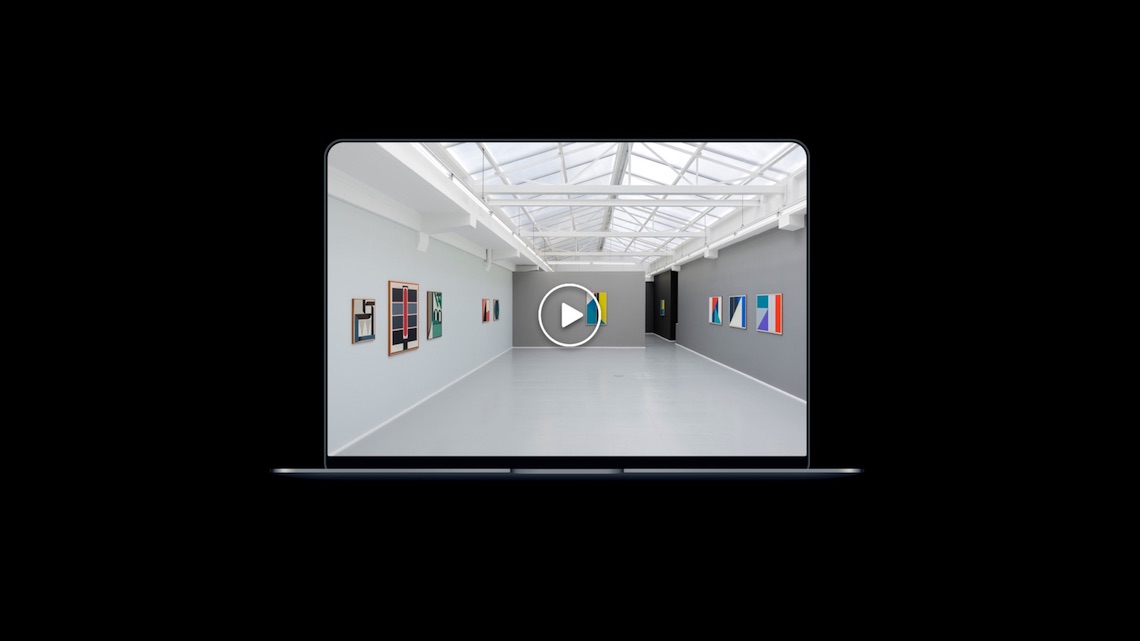Unless you have been under a rock for the past few months, you may have noticed a change in modern life. And because of the situation, art has been affected by this too. So what does this mean for art now? Whilst a lot of people have time on their hands and not falling out with who they are isolating with, they are more likely to discover the arts, birthing new outlooks and new talent. What I find incredibly frustrating about it is that I know that there’s going to be a change, first of all I can see the beginnings of this, people making art that has a statement written on it in big badly written letters. There is no escape to all this doom and gloom. It is not what we need. In fact, it is the exact opposite, after wartimes, they had a great bloom of art that wasn’t particularly about war per sei, though that stuff always filters through.
Though what I find incredibly frustrating, I also feel somewhat hopeful about. I hope there is art that moves. Talks about unimaginable things, perhaps things not yet discussed in the setting of a gallery. There will be a surge of energy that has been dormant these past few months we’ve been at distancing. It will take the shape of various forms, these feelings we have all had bottled up will encourage a new attitude. Art needed a shift anyway; it was all getting a bit too self-aware, I think. The beauty of moments like this is that it will ensure collectively, we create art that has been informed. I cannot recall a time in my lifetime that an art movement ever occurred. Forgive me for my uneducated statement, for I am just a 23-year-old man born 1996.
So, what will this do to art? Mine and your guess is as good as anybody’s. This calls for a change, get the kettle on, this might be a long shot and I might read back in a few month’s time and cringe at the mere sight of it, like looking back at my fashion sense at 16, did I really need to wear those suspenders? That is why no photographs of myself at 16 exist, but that’s beside the point. First, art will not be the same. I think there will either be a surge of energy like no other, films will talk, not scream at us. There will be a lot of songs that will talk about these times, remembering those we lost, those who risked their lives to help others. Virtual galleries I reckon will boom. And I am talking both the physical and side scrolling kind.

Instagram is particularly a place of 20 somethings (myself included) thinking they have it all made. The platform is a pocket gallery, you can look into other people’s galleries whenever you like. People usually carefully pick their best. So, what does this mean for galleries? Well, I think after all this lockdown business, some people will realise that they could do it all from home anyway. Therefore, galleries will lose out on some rather important works that will go under the art market radar. So, what will they do? They will create virtual galleries themselves. This will take various forms, but the main form is a more accessible and better functioning virtual reality gallery. Exhibitions will no longer have queues to get in. No longer will there be people crowding around that one piece you bought the ticket to see.
You will be there alone, or, if they are really clever, they could install a mode where there are people around you, a multi-viewer interaction setting, you will be sat in the comfort of your own home, with people in your living room from America, Poland and you can add them to your contacts, or talk to them and ask them what they think of the exhibition. You could create your own gallery (which by the way you can already do, though at its very primitive stages), you can scan your works and place them in a space that you could create from scratch. You can invite those people you met, your grandma or your old school mates via Facebook. What I am saying may not be far-fetched. I believe virtual galleries are an underrated craft. Just look around online for them, they exist, but there is potential for it to be so much more.
I mean, who goes to galleries to see the original piece anyway? There is no point at all when the technology enables you to look as close as you would, if not closer, to a piece. If you were to click under the painting or photograph, it would give you a short biography, maybe an in-depth clip comes up of its construction, related pieces that you might like. You wouldn’t need to travel so far to get to an underwhelming exhibition anymore, you could give reviews and ratings. It might sound like a gimmick, however, a lot of galleries are inaccessible to many people, such as people with disabilities. Nobody would be left out, you could make things autism friendly for example. Put all in a handy online portal that you could reach through one of those VR headsets.
I see people whose work was too controversial being able to hold their exclusive exhibitions for a penny. Or old exhibitions of years gone by would be reexhibited and uploaded to this platform, meaning that the work would go and live on for centuries to come, until the internet combusts. I know people are going to be affected by all this, however long this goes on for. Hopefully we are more prepared if something similar were to happen. Whether or not this all comes to reality, just know that our reality has dramatically changed, and in the great words of Willy Wonka, played by Gene Wilder in the 1971 film Willy Wonka and the Chocolate Factory: “We are the music makers and we are the dreamers of dreams.”
‘Virtual online galleries: the aftermath of Covid19‘ is an article written by Joss Munson. You can follow Joss on Instagram.
